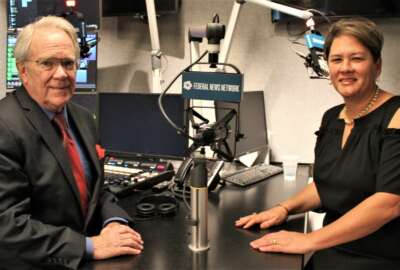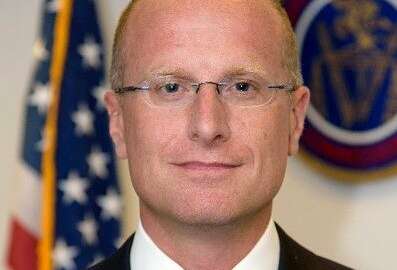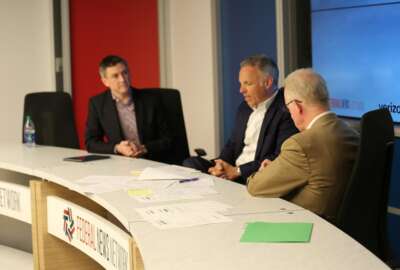

San Jose, California, in the heart of Silicon Valley, has made no small plans when it comes to the deployment of 5G mobility technology.
San Jose, California, bills itself as the Capital of Silicon Valley, not just because of its geographic location but also due to its forward-thinking, technology-enabled vision of local government operations and management.
Perhaps no current effort more emblazons this vision than San Jose’s leadership in the deployment of 5G mobility technology. 5G represents the next generation of mobile networks following 4G LTE, and like 4G linked smartphones to the internet, and before that 3G connected computers to the web, 5G just may be the technology that fulfills the vision of the internet of things.
“San Jose is poised to be the largest 5G deployment in the country,” said Shireen Santosham, chief innovation officer for the mayor’s Office of Technology and Innovation. “Over 4,200 small cells [are] going out in the next couple of years and agreements with all the major telecom providers” will be in place.

Dolan Beckel, director of the Office of Civic Innovation and Digital Strategy for San Jose, joined us for an interview this week. A former partner at Accenture, Beckel came to the city to help fulfill the mayor’s smart city vision and the need for a digital inclusion and broadband strategy.
“I was brought in to basically elaborate that strategy and execute on that strategy and work with the private sector,” he said.
Beckel helped to develop these public-private partnerships that enabled the city to improve connectivity for everybody and close the digital divide and basically be able to deliver the speed and scale that the private sector needs to do this large 5G deployment.
As with any discussion of technology deployment, the conversation inevitably turned to funding. San Jose adopted an interesting approach involving the city’s Inclusion Fund and the state’s Emerging Technology Fund.
“The funding for these efforts is really critical and we were able to strike very innovative public private partnerships that have allowed us to deploy,” said Santosham. Part of this funding is coming from San Jose able to negotiate market based rates with telecommunications companies. “These rates allow us to both build the capacity within our city to deploy at the speed of business, as well as earmark those funds to bridge the digital divide in San Jose.”

There are a hundred thousand residents in the city that aren’t connected to broadband at home.
“That about 10% or so of our city and we’re the largest city in Silicon Valley and it’s much worse than the rest of the country,” she said. “So we really believe what we’re doing here is a model for how we can work to get 5G to everyone.”
San Jose entered into these discussions to develop public private partnerships based on mutual interests, according to Beckel.
“What were the interests of the telecoms in a broadband in San Jose? What was the city’s interest in broadband in San Jose?” he said.
They found that intersection was the private sector wants speed and predictability, and the city of San Jose also wanted to deploy fast.
“But we wanted to close the digital divide at the same time. So we were able to find that perfect intersection of the private sector interest and the public sector interest in order to create these great deals,” Beckel said.
Finally, we also covered those sticky issues involving city infrastructure/property jurisdiction and the ongoing battle with the Federal Communications Commission on this matter; the pros and cons on 5G spectrum, the hi- or low-frequency technologies being contemplated in the U.S. versus China strategies, as well as Beckel’s and Santosham’s predictions on 5G status and accomplishment a year or two from now.
Copyright © 2025 Federal News Network. All rights reserved. This website is not intended for users located within the European Economic Area.


 Exclusive
Exclusive 